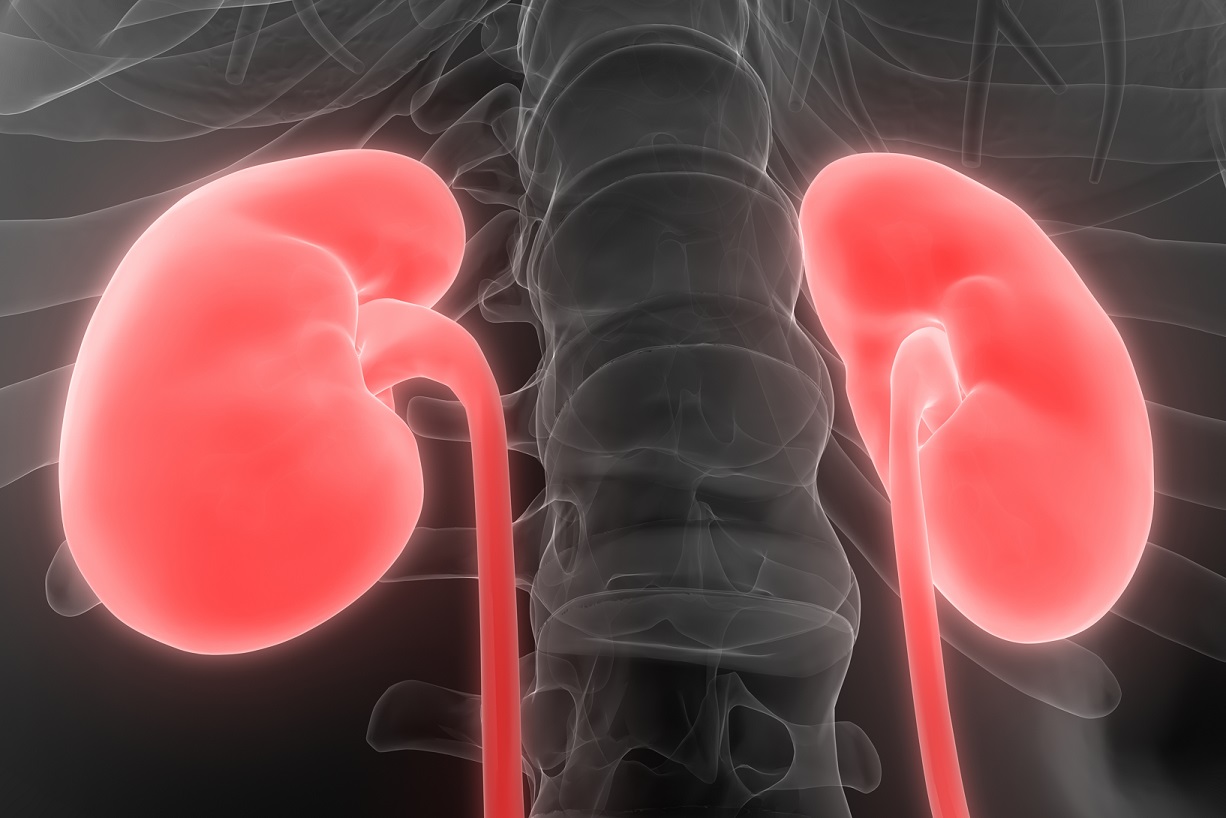
When an Australian generously donates a kidney to a family member or close friend, why does their remaining kidney often grow in size to compensate?
This remarkable ability means people who donate or lose a kidney can continue their lives without complication. Yet how this occurs remains a mystery that if unravelled, could help millions of people around the world who suffer from reduced kidney function, including the thousands of Australians requiring dialysis or transplants.
Professor Jonathan Gleadle from Flinders University intends to uncover exactly how the remaining kidney grows and increases its output to function at around 80 percent of the capacity of the previous two.
“The remaining kidney in a donor has a natural ability to compensate for the loss of the other, however the key initiators of this response are unknown,” Professor Gleadle says.
He was awarded a $50,000 grant last month from Kidney Health Australia to progress this research, which aims to identify the key components that stimulate this increased activity.
“Recent evidence indicates that this growth is in response to an initial sensing mechanism, and there is strong reason to consider microRNAs play a significant role,” he says.
MicroRNAs are specific molecules released from cells under stress that serve as messengers, telling cells how to behave. They are known to play a role in basic cell processes, with the loss or unusual expression of MicroRNAs already associated with several diseases, including diabetes and kidney disease.
“Our team aims to identify the expression of circulating microRNAs using a novel technique which will enable us to investigate hundreds of miRNAs simultaneously after the removal of a kidney,” Professor Gleadle says.

Up to ten percent of the global population suffers from chronic kidney disease, and in Australia, 53 people die each day with kidney-related disease.
It’s estimated that the economic cost of treating kidney disease in the decade to 2020 will reach approximately $12 billion, indicating an urgent need to invest in research to develop new strategies and treatments.
“The ultimate aim of our research is to see new treatments that can trigger healthy kidney growth in diseased patients and remove or delay the need for dialysis and transplants,” Professor Gleadle says.
Kidney Health Australia held its Big Red Kidney Walk on Sunday 9 September 2018 to raise money for support services, education and research into kidney disease.

